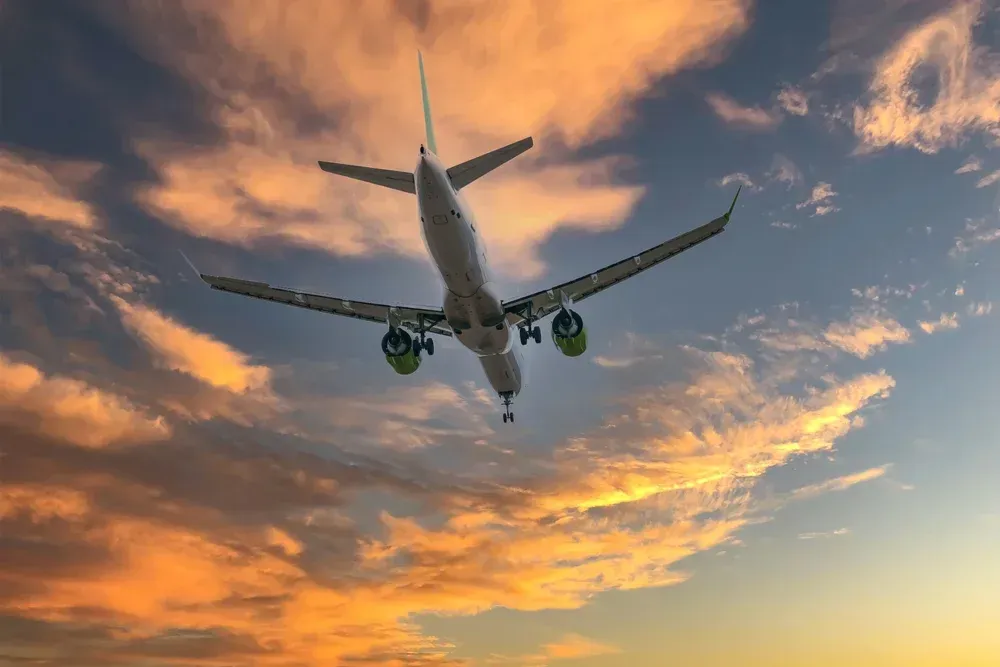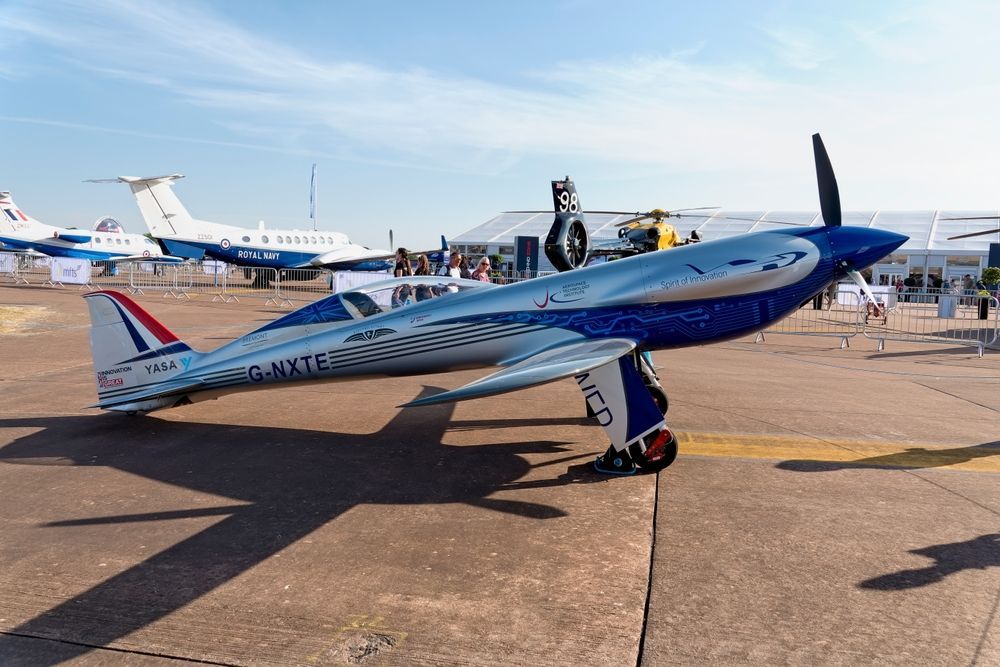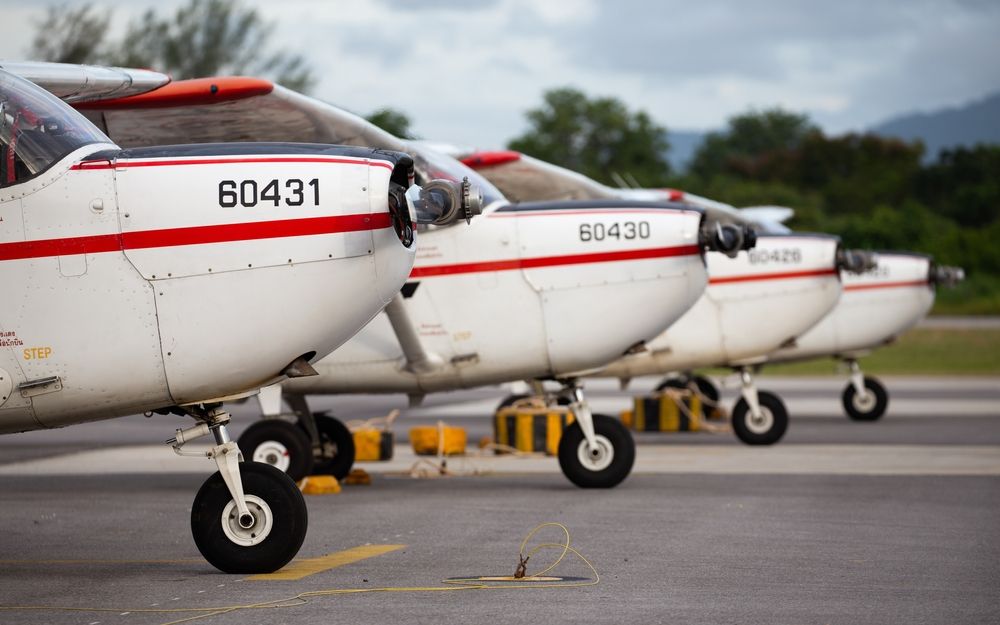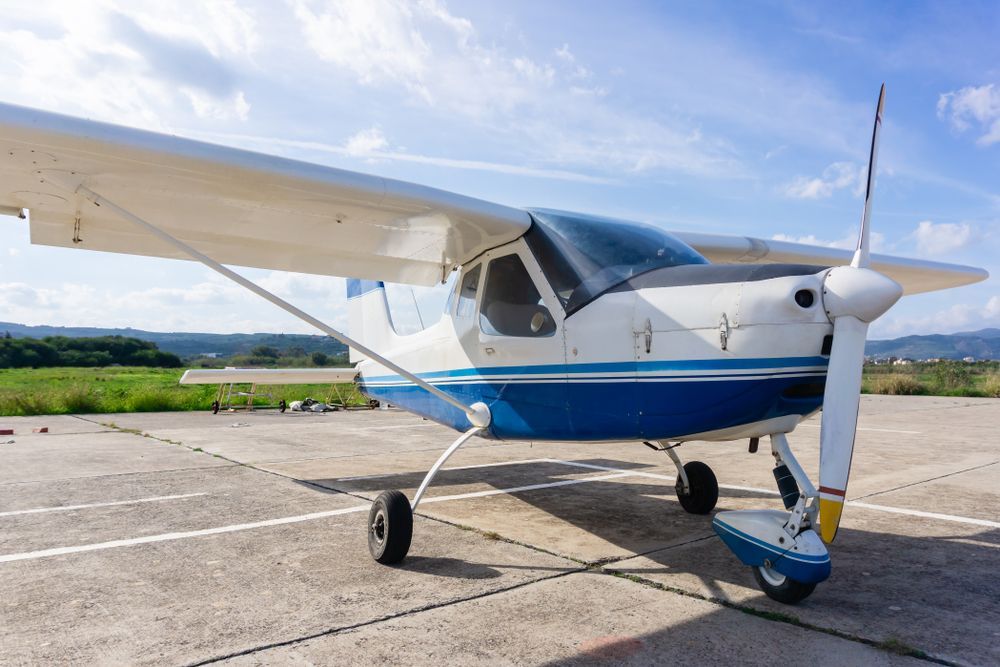
How far can a private jet fly? It depends – and it depends on a lot.
Factors like aircraft class, the size of the fuel tank, payload, weather, and more all play a role in how far a private jet can travel before it needs to stop and refuel. Depending on these aforementioned factors, the distance your aircraft can fly can range anywhere from a few thousand miles to upwards of 8,500 miles.
In this post, we’ll dig a bit deeper into some of the factors that impact flight distance to help answer the question of just how far private jets can travel.
Factors that Affect Flight Distance
Let’s dig into some of the key factors that impact flight distance:
Aircraft Class
As we said at the onset, aircraft class is one of the biggest determining factors for how far your plane can travel between fill-ups. We’ll get into more of the common types of private jets in the next section, but it’s worth noting that a basic turboprop is only going to have a range of up to 1,300 miles and a max flight time of three to four hours on most days. A large cabin jet, conversely, can travel more than 4,000 miles and potentially for more than 10 hours on a single tank before refueling is necessary. And then there are more advanced jets that can travel over 8,000 miles.
Fuel
How far a private jet can fly largely depends on how big of a fuel tank it has. It’s a pretty simple concept to understand: The bigger the fuel tank, the more fuel it will be able to hold. The more fuel it’s able to hold, the longer it’s able to go between fillups. Some lighter aircraft only have a fuel capacity of over 3,000 pounds while larger aircraft have a capacity of over 14,000 pounds.
Weather
The weather can also play a major factor in engine efficiency, similar to the effect that it has on your vehicle. Flying in high winds, for example, can cause the engine to work harder, thereby impacting its fuel efficiency. Heavy rain and extreme temperatures can also take their toll on fuel economy.
Payload
Again, think of this as you would payload when driving your vehicle. The more cargo you’re carrying in your car or truck, the harder your engine is going to have to work to drive the vehicle. The same is true of aircraft. The more people and luggage on board an aircraft, the harder the aircraft engine is going to be working to fly the plane. Payload has a direct impact on fuel economy. The more load an aircraft is carrying, the less fuel-efficient it will be. Additionally, the more cargo an aircraft is carrying, the less fuel it may be likely to hold on board.
Most Common Types of Private Jets
So what private jet is right for you based on how far you want and need it to fly? In this section, we’ll cover some of the common types of jets and the mileage you can expect to get out of each:
Turboprop
Powered by gas-turbine engines that move a propeller to move aircraft through the sky, these light aircraft types generally only have a range of 1,000 to 1,300 miles and a maximum flight time of a few hours in the air.
Light Jet
Designed for small-scale transport, light aircraft can seat anywhere from five to 10 people and tend to range anywhere from 1,000 to 1,800 miles before refueling is necessary.
Midsize Jet
Midsized jets are a step up from the light jet. Thanks to a larger fuel tank and enhanced capability, these planes can fly for up to several hours in the sky with a range of 2,000 to 3,000 miles.
Super Midsize Jet
Super midsize jets are another notch up from the midsize. They can stay in the air for up to 4,000 miles.
Large Cabin Jet
Finally, there’s the large cabin jet. These planes can fly for up to 10 hours in the air and usually have a range of greater than 4,000 miles.
Best Ways to Optimize Flight Range
It takes about a half hour to fill up most jets, but even that can seem like a major inconvenience if you need to stop halfway to your destination when you consider the time it takes to descend and then ascend again. In the end, you’re probably going to experience at least an hour of lost time if you need to refuel. So what’s the best way to ensure you optimize flight range and fuel economy? Here’s a look at some tips:
- Limit payload: The less your aircraft weighs while it’s flying, the easier it will be on the engine and your fuel economy. Additionally, there’s a direct relationship between your payload and how much fuel you can add. The more passengers and cargo you have on board could take away from the amount of fuel you can load.
- Know the weather before you take off: Fly around bad weather and take advantage of wind patterns if you can. The more turbulent the flight is, the harder your engine is going to have to work.
- Get the right plane for your needs: Perhaps most important is ensuring you’re in the right type of plane that you need. If you need something to just fly around a certain region, a smaller aircraft is probably fine. But if you’re planning on flying cross-country or internationally, you’ll want to look into a larger plane with a bigger fuel capacity so you’re not stopping multiple times on your journey.
Contact J.A. Air Center Today
For more information on how far private jets can fly and the various factors you’ll also need to consider beyond aircraft type, contact J.A. Air Center today.
J.A. Air Center – Aurora Municipal Airport (KARR) – 43W730 US Highway 30 – Sugar Grove, IL 60554
E-mail Us: info@jaair.com | Call Us! 800.323.5966
Website imagined and executed by RivalMind.




